With the advent of cold weather, the problems of heating suburban private houses become relevant. They come to the fore and worry the owners of such housing the most. Therefore, many residents of suburban villages do not wait for winter and begin to look for ways that would allow them to comfortably survive the cold.
Heating with electricity
If you like the electric heating of a country house most of all, options for such a system should be considered. The main element in this case is an electric boiler, which includes a heat exchanger, a heating device and a control unit. If we compare such equipment with other types of heat generation sources, we can single out the absence of the need for human intervention. The user will not be required to perform periodic cleaning.
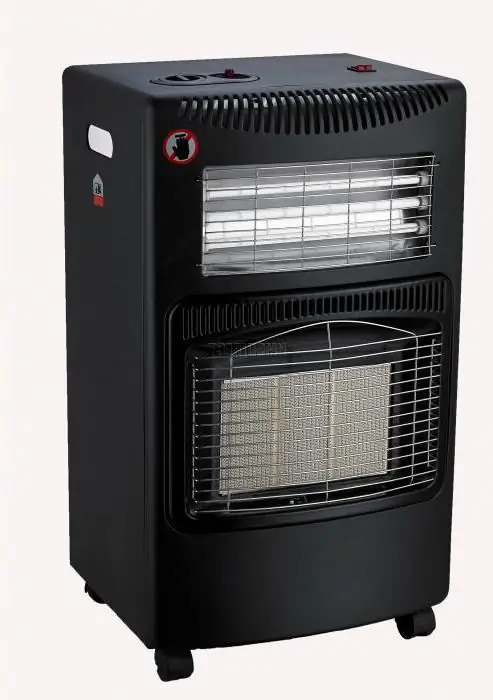
If you are thinking about what options for heating a country house exist, then you can consider electricity as an energy source. It is especially effective in a place where there are strict environmental regulations. The operation of the described equipment does not create vibrations and noise,gas-air mixture leaks, and the devices themselves are completely safe.
If you decide to equip an electric heating system in a country house, you can choose one of two varieties, namely three-phase or single-phase. The choice will depend on the boiler, its power may be more than 12 kilowatts, then it will have a three-phase design. Among other things, such equipment differs in location, boilers can be floor or wall-mounted. The latter variety is small in size and does not involve the arrangement of a separate room.
Floor-standing boilers are produced if the generator power is more than 60 kilowatts. This results in large dimensions. If you are considering options for heating a country house, then you should pay attention to electricity as an energy source, such systems can be single-circuit or double-circuit. In the first case, water is heated exclusively for heating needs. Double-circuit boilers can additionally heat water for hot water supply. This also applies to gas boilers.
Heating with electricity: convector system
Before starting the arrangement of any system, you should consider options for heating a country house. Among them, one can single out a convector circuit, which provides for the availability of appropriate equipment with a thermostat and a heating element. Heating of this type can be implemented using different models of convectors, which are wall and floor. The first variety differs in the average45 centimeters high and fastening method. Such devices can be installed on the floor or fixed to the wall surface. As for floor appliances, they are long and narrow, and are installed under windows, in the area of \u200b\u200bplinths or under stained-glass windows. Despite the fact that such units are smaller than wall-mounted ones, their power is quite high, and it takes less time to heat up the room.
Arrangement of a convector heating system
If you are interested in options for heating a country house, then you can successfully use convectors that run on electricity. Such equipment is often used in those houses that are operated seasonally. Before starting the arrangement of such a system, it is necessary to calculate the required number of devices for heating the home. If the house is well insulated and meets the energy saving standards of the Scandinavian countries, then 20 watts will be needed per 1 cubic meter. With insulated walls and ceilings, as well as in the presence of double-glazed windows on the windows, 30 watts per cubic meter will be required. With insufficient insulation of the home, it is necessary to increase the power to 40 watts per cubic meter. Poor thermal insulation provides for an increase in power up to 50 watts per cubic meter. If you know the above values, you will be able to determine the power that will be needed to heat the room.
Water heating of a country house: gravity or natural system
When considering options for heating a country house, you should pay attention to water schemes,which may be gravitational. In this case, the process is carried out due to the difference in the density of hot and cold water. The heated coolant acquires a lower density and weighs less, so it begins to rush upward, moving through the pipes. As the water cools, it thickens and returns to the boiler.
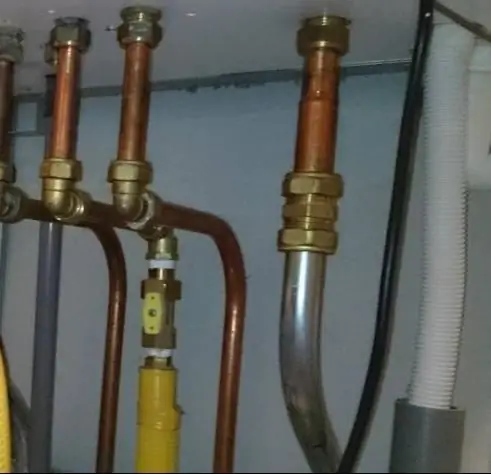
The main advantage of the natural system is autonomy, since heating does not depend on electricity. Water heating of a country house, the options of which are discussed in the article, is also chosen for the reason that the design is extremely simple. Among the disadvantages is the need to use a huge number of pipes, the diameter of which must be large enough to ensure circulation. Among the minuses, one can note the inability to use modern models of radiators, which have a small cross section. Among other things, during installation work, a slope of 2 degrees or more must be observed.
Water heating: forced system
When considering options for heating systems for a country house, you should take into account that a forced circuit can also be equipped in the dwelling, in which the movement of water occurs due to the functioning of the circulation pump. Excess fluid that forms during heating enters the expansion tank, which prevents water from evaporating from the system. Pressure control is carried out using a manometer. The advantages of this scheme are a small volume of water, as well as a smaller pipe diameter compared tothe previous case. The user will be able to adjust the heating temperature of the radiators, the batteries can have any pipe diameter. The disadvantage is the dependence on the supply of electricity, due to which the pumping equipment works.
Arrangement of a water heating system with your own hands
The boiler used can be powered by electricity, gas, solid or liquid fuels. The most economical models are those that run on gas. They involve the supply of a gas main, as well as maintenance and control by specialists. If you use liquid or solid fuel equipment, then you will ensure complete independence of heating from centralized networks. The user, among other things, will have to equip the storage for fuel supplies. Before heating a country house is implemented, options should be considered. After that, you will be able to understand what power equipment should be used for heated rooms. On average, 10 square meters will require 1 kilowatt of power, which is true for ceiling heights of 3 meters or less.
Tubes are traditionally made of metal, but welded steel structures can easily corrode. Therefore, it is best to use stainless and galvanized products that do not have the mentioned drawback. The most reliable option is copper pipes, which are able to withstand pressure and temperature drops, and also do not corrode. If you equip a one-pipe system, then the coolant willmove from one radiator to another. The temperature of each subsequent battery will decrease. The last consumer may simply not have enough heat to heat the room.
If it is necessary to repair the radiator, it will be necessary to drain the water from the system, only after that it will be possible to manipulate the failed device. If you use a two-pipe system, then it will warm up the room more efficiently. This is due to the presence of two pipes, each of which goes to the radiator. A heated coolant enters through one of them, and water is discharged through the other after cooling. As in the case above, the temperature in the last radiator will be lower, but the heat loss will be negligible.
Home heating with gas
Heating a country house with gas, the options for which are described in the article, is advisable using one boiler in the case when the dwelling has a large area, and the gas source is not cylinders, but a main. The most economical are condensing boilers, which can be located in a separate room with good ventilation. Gas heating of a country house, the options of which may involve the presence of a single-circuit or double-circuit boiler, must be safe. So, the area of \u200b\u200bthe boiler room should be 4 square meters or more. An 80-centimeter doorway should lead out of the room, the presence of windows is also important.

From the boiler fanwise from one comb, pipes should be separated into separaterooms. In each room, heating can be arranged using one or two radiators located under the windows on the walls. It is important to remember that the condensing boiler has a minimum return temperature. At the same time, the system can be supplemented with underfloor heating, which distributes heat throughout the premises most evenly. Initially, the water gives off heat to the batteries, and then leaves the energy inside the floor. The simplest version of the underfloor heating system is a snake or a spiral made of a metal-plastic pipe embedded in a screed. Fitting connections should not be present, as for the pipes that go from the radiator to the boiler.
Heating options without gas
Today, electricity is considered the most expensive type of heating: if you connect a simple heater, then electricity bills will increase. For this reason, electric boilers are often used as additional heating sources that work solely to maintain room temperature. Considering the best options for heating a country house without gas, you should pay attention to firewood, which is perhaps the most economical among other solutions. If you equip your home with a stove or fireplace, you will be able to enjoy the burning flame during long winter evenings. This type of heating also has disadvantages, expressed in fire hazard. But, before you make a choice, you should remember that the price of firewood is much lower compared to the cost of electricity.
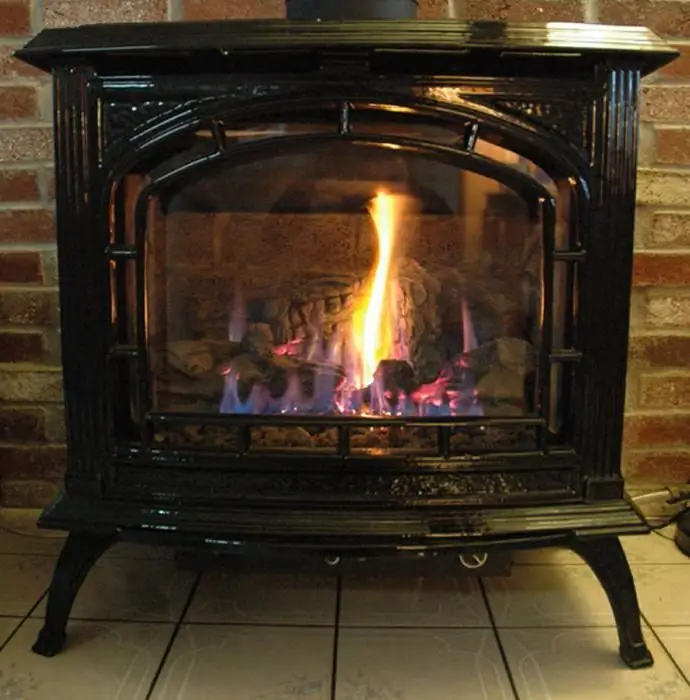
If you do not have access to a gas pipeline, then you can use solid fuel, which is peat briquettes. On sale you can find granular chips made of wood.
Liquid fuels
If you choose the most economical option for heating a country house, then you can prefer firewood - they are the budget leader after gas. After them, in terms of profitability, there is liquid fuel, namely diesel fuel mixed with oil. It can be used for boilers, which are very common today.
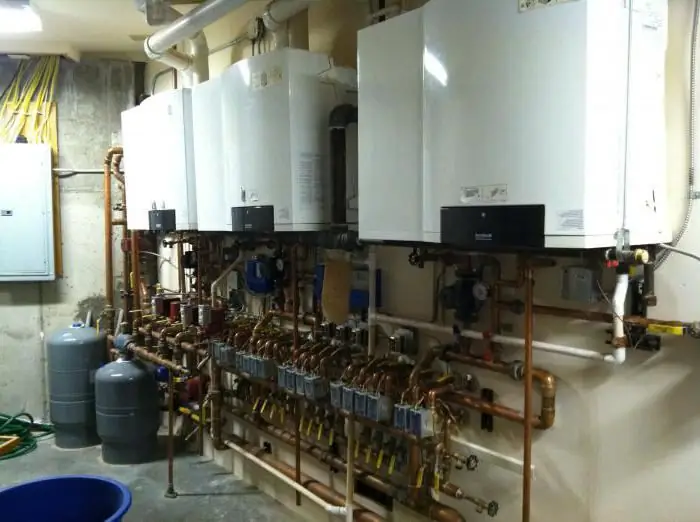
Installation of an air heating system
As practice shows, gas heating of a country house, the options of which were described above, is the most economical. If you want to use alternative methods, then you can use the air scheme. It provides for the installation of air ducts through which warm air will move under the ceiling, occupying a large volume. One disadvantage can be singled out here, which is expressed in the fact that when fresh air enters from doors and windows, the operation of the gravity system may be disrupted, the upper part of the room will be overheated, which may cause cooling of the lower part. But there is also an indisputable plus, which is independence from the most expensive type of energy source - electricity.
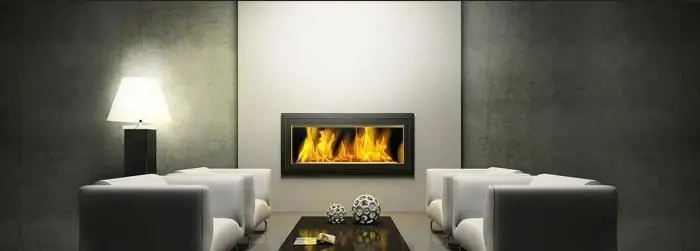
If the house is three-story, then the heating system may provide for forced ventilation, forcingheated air with a fan. The latter can be powered by electricity, and the coolant is air heated by a generator consisting of a heat exchanger and a burner. If you decide to implement air heating of a country house, do-it-yourself options can be arranged. To do this, you will need heating elements, grilles, electric fans and air ducts. In the heat exchanger, the air will heat up to 60 degrees, after which it will begin to flow into the rooms. Through the return air ducts, the flows will return to the heat exchanger, where they will begin to heat up; this mechanism will be cyclical.
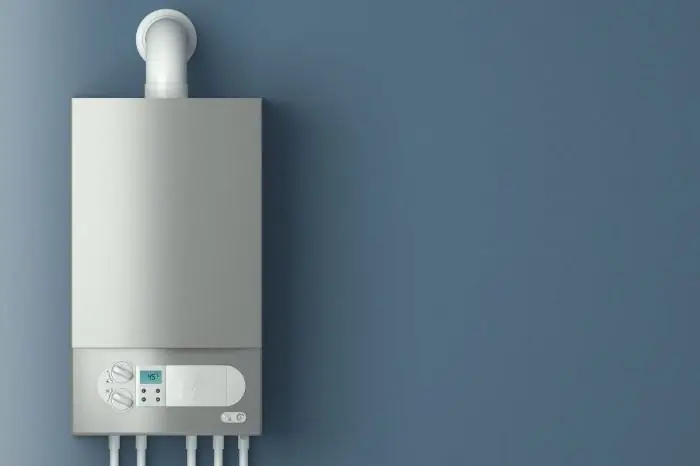
In order to renew the air, just open the windows. Some believe that noise in ventilation grilles and ducts is a significant disadvantage. If you equip such a heating of a country house, do-it-yourself options can be made by you. The air scheme does not provide for the installation of pipes, radiators and boilers that might be needed for water heating. As for the generators, they may well run on different types of fuel from the burner. Using the above elements, it will be necessary to assemble a fairly simple structure: the fan is initially installed, heating elements are mounted in front of it, and then an air duct is installed. In order to ensure work efficiency, the structure is closed with a box, and holes will be needed for air intake.






